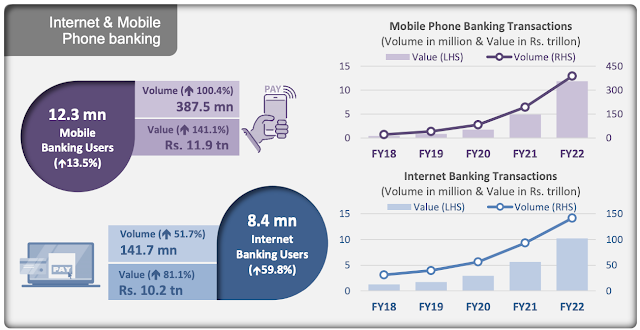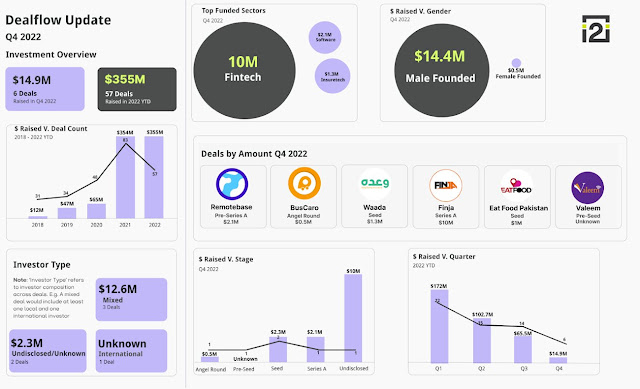The story of the padlocked grave has gone viral, thanks to the mainstream Indian news media ranging from the Times of India to NDTV. The story links the image of a padlocked grave to rising necrophilia cases in Pakistan, with the claim that the image is an example of how parents lock their daughters’ graves in Pakistan in order to prevent rape. Alt News, a fact-check site run by Mohammed Zubair and Pratik Sinha, has found that the grave is in fact located in the Indian city of Hyderabad.
 |
| Fake News in Indian Mainstream Media. Source: Alt News |
Indian news agency ANI Digital tweeted the image of the green padlocked grave with the claim. In its article titled ‘Pakistani parents lock daughters’ graves to avoid rape’, it cited a Daily Times article to report that parents in Pakistan protected their dead daughters against rape by putting padlocks on their graves. None made any attempt to verify it.
 |
| Padlocked Grave Fake News Made Top Google Search Results For Pakistan on April 30, 2023 |
The media are no longer credible and independent. Instead of going after the Indian media for spreading fake news, the Indian government is cracking down on fact-checkers like Mohammad Zubair. Last year, Zubair was arrested and jailed for months for exposing fake news published in the Indian media. “People in power want to shut me up for exposing their propaganda, their lies and their hate campaigns,” ,said in an interview with the New York Times. “They want to scare other journalists and activists by targeting me.”
Here's a fact check on the padlocked grave location in India, not in Pakistan:
https://youtu.be/hZ_YAkagtps
In 2018, Indian Prime Minister Narendra Modi's right-hand man and home minister Amit Shah told his party's volunteers commonly known as Modi Bhakts: "We can keep making messages go viral, whether they are real or fake, sweet or sour". "Keep making messages go viral. We have already made a WhatsApp group with 32 lakh people in Uttar Pradesh; every morning they are sent a message at 8 am", Shah added, according to a report in Dainik Bhaskar, an Indian Hindi-language daily newspaper.
 |
| Indian Fake News Peddlers Rahul Kanwal (L) and Arnab Goswami |
Amit Shah's advice has been heeded by not only BJP trolls but also many in the Indian mainstream media, including Times of India, NDTV, India Today and Republic TV.
After the 2019 aerial battle between Indian Air Force and Pakistan Air Force over Kashmir, India government and media claimed shooting down a Pakistani F-16. India Today TV anchor Rahul Kanwal invited Abhijit Aiyar Mitra, an Indian aviation expert, to confirm that the wreckage he was showing as evidence was that of a Pakistani F-16.
Mr. Mitra embarrassed his host on live TV by debunking the claim and correctly stating that Pakistani F-16s are equipped with Pratt and Whitney engines and what the TV host was calling a Pakistani F-16 engine was made by a different manufacturer. Watch it here:
https://youtu.be/FJ8MmTvRZ8Q
In a recent airing of 'The Debate' on Republic World TV, host Arnab Goswami invited Indian analyst General G.D. Bakshi and PTI spokesperson Abdul Samad Yaqoob — to represent Pakistan.
Goswami to Yaqoob: "You go and check today ... on the fifth floor of the Serena Hotel, I am telling you, please check, fifth floor of the Serena Hotel in Kabul, how many Pakistani army officers are there?"
India with its massive disinformation campaign against Pakistan, as recently revealed by EU Disinfo Lab, appears to be following what a US think tank RAND calls "Firehose of Falsehood" propaganda model. It has over 750 fake media outlets covering 119 countries. There are over 750 domain names, some in the name of dead people and others using stolen identities. Pakistani policymakers charged with countering the Indian propaganda should read the RAND report "Firehose of Falsehoods" for its 5 specific recommendations to the US government to effectively respond to the Russian disinformation campaign. In particular they should heed its key advice: "All other things being equal, messages received in greater volume and from more sources will be more persuasive.......Don't expect to counter Russia's firehose of falsehood with the squirt gun of truth. Instead, put raincoats on those at whom the firehose is aimed"
Haq's Musings
South Asia Investor Review
India's Firehose of Falsehood
East Pakistan "Genocide" Headline
Ex Indian Spy On RAW's Successes Against Pakistan
Fact Checkers Destroy Indian Media Credibility
Social Media Tribalism
Social Media: Blessing or Curse For Pakistan?
Planted Stories in Media
Indian BJP Troll Farm
Kulbhushan Jadhav Caught in Balochistan
The Story of Pakistan's M8 Motorway
Riaz Haq's Youtube Channel



















